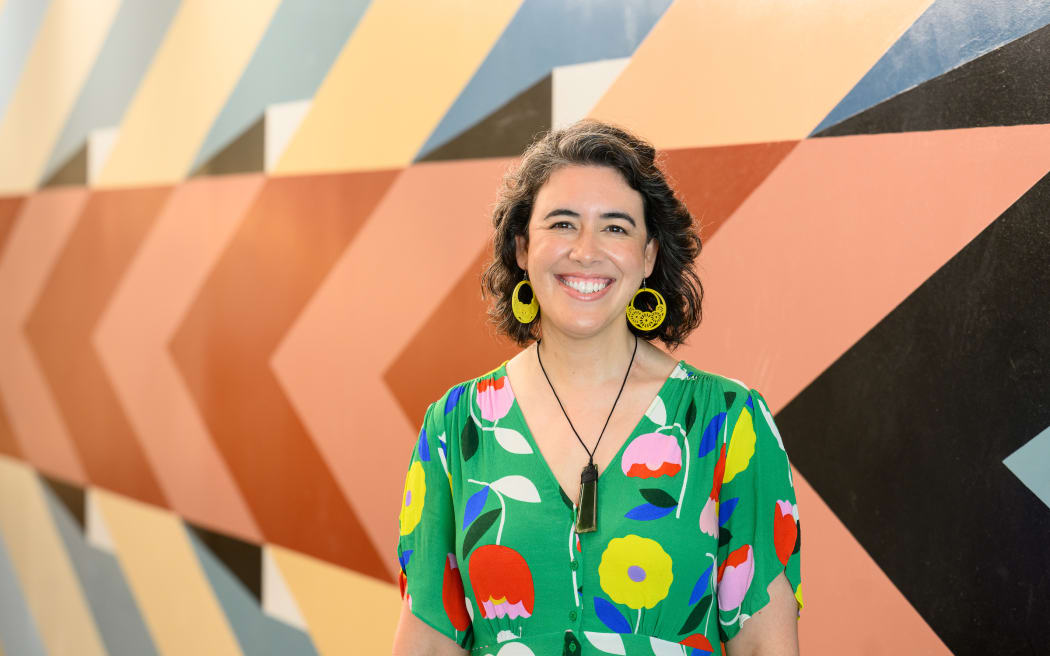
Pacific children experience a higher incidence of a range of conditions, including respiratory conditions and skin infections, than children from other ethnic groups. (file image) Photo: 123RF
Pasifika children continue to experience some of the highest rates of poverty in New Zealand.
Child poverty statistics released by Statistics New Zealand show despite the previous government's push at addressing poverty, there's been no improvement.
Instead, there has been an annual increase from the year ending June 2022 to the year ending June 2023 in two of the three primary measures of child poverty for the total population of Aotearoa.
Pacific children experience a higher incidence of a range of conditions, including respiratory conditions such as asthma, dental problems, ear disease and hearing difficulties, and skin infections, than children from other ethnic groups.
Chief Children's Commissioner Claire Achmad said the latest data was concerning.
"For the first time since 2018, we have actually seen poverty rates increasing particularly around material hardships."
A child is in material hardship if they go without at least six essentials, including fresh fruit and vegetables, heating and regular doctors visits.
"It's unacceptable that 21.5 percent of mokopuna Māori are experiencing material hardship, for 28.9 percent of Pacific children this is their every day reality, and for 22.3 percent of children with disabilities," she said.
"This means that Māori and disabled children are 70 percent more likely to be in material hardship, while Pacific children are 2.3 times more likely."
It is the fifth year of reporting of the statistics since the Child Poverty Act came into force in 2018.
The most commonly referred to measure - children living in material hardship - jumped from 10.5 percent to 12.5 percent overall.
That's one in eight children, or 143,700, living in material hardship compared to 120,300 in June 2022.
"To keep costs down, a greater proportion of households were more likely to go without things like fresh fruit and vegetables and buy cheaper or less meat than in previous years," Stats NZ general manager of social and population insights Abby Johnston said.
Achmad is calling on the government to invest in children and implement evidence-based policy to help them "to experience their full potential and to dream the big dreams they should all be able to have".
She urged the government to support Pacific-lead initiatives within communities already tackling the issue of poverty.
"We need to maintain the momentum on Pasifika lead solutions for Pasifika families."

Chief Children's Commissioner Claire Achmad Photo: Supplied / Mark Tantrum
Government response
The NZ coalition government is bringing in a FamilyBoost childcare tax rebate, which is expected to help 130,000 low-and-middle-income families keep more of what they earn, with up to $75 more in their after-tax pay each week.
Child Poverty Reduction Minister Louise Upston said she was committed to increasing the Working for Families In-Work Tax Credit from next year, putting up to $25 more per week for low-and-middle-income working families.
She said the tax credit has not gone up since the national government increased it in 2015.
-Read the full report:NZ, Child poverty statistics: Year ended June 2023



